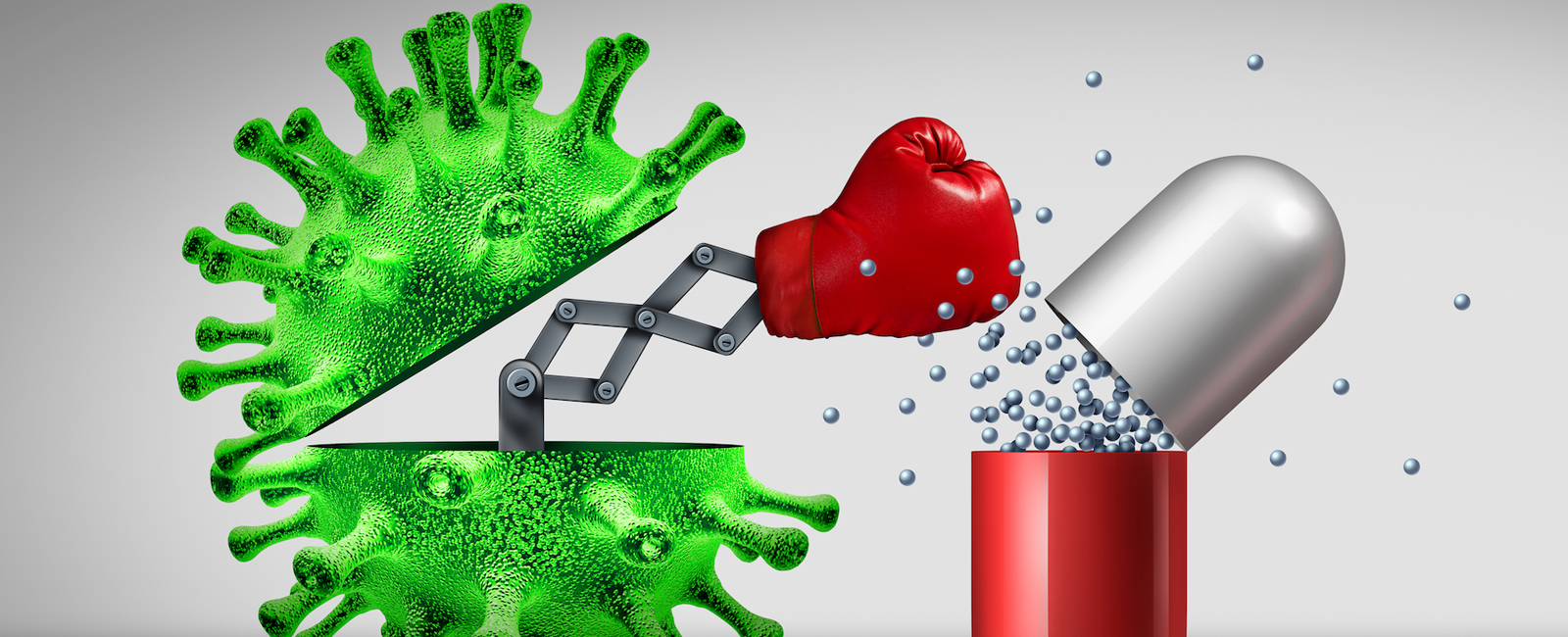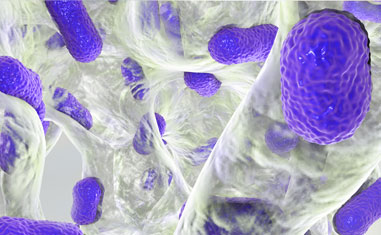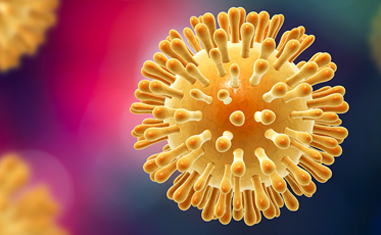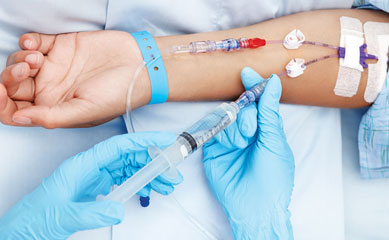We have overexploited the wonder cure by irresponsibly consuming it ourselves, by feeding it to animals, spraying them on crops and dumping them in rivers. As a result, an invisible army of super-resistant bacteria has evolved, one that is increasingly claiming lives. Many leading global agencies like the WHO and the UN are calling it a global catastrophe, one that is as big a threat as global warming and terrorism. Infections such as tuberculosis and septicaemia, that were a cause of concern in the early 20th century, are once again killing us at frightening rates. There is nothing left in the antibiotic armory and the development of new drugs isn’t keeping pace with the speed of resistance. Humanity is heading towards a post-antibiotic era and we stand to lose all the advancements we have made in modern medicine over the past century.
Without new drugs, there is no hope at all. Between 1935 and 1968, 14 different classes of antibiotics were developed. In the last 50 years since then, only five have been developed, while no new classes have been developed since 1987. Many pharmaceutical companies have pulled out of development altogether, focusing attention instead on drugs for chronic conditions, such as diabetes or blood pressure which patients have to take for years, rather than courses lasting just days or weeks.
The difficulty is poor profit potential; difficult science (because it seems like the easier discoveries have already been made); and working around complex regulations. Leading global drugmakers have said they need new incentives to stimulate research. Clinical trials are complex and cost a lot of money. The regulatory process is risk averse with high levels of bureaucracy and a lack of clarity in the process, although there have been recent positive developments with talks of convergence and/or mutual recognition between the EMA and the US FDA.
In our globalized world, nearly 70 percent of the bacteria have now developed a resistance to antibiotics – including those drugs regarded as our last line of defense. Superbugs in an Indian hospital or a polluted Canadian river can easily cross continents quicker than we can discover them.
"We are walking back into a time where something as simple as a grazed knee or a scratch acquired in the garden will start to claim lives. The golden age of medicine is behind us. This problem already causes more than 700,000 deaths each year worldwide and by 2050, it will lead to 10 million deaths per year"
-The Review on Antimicrobial Resistance, 2014
In northern latitudes, we may consider MRSA, the Gram-positive bacteria, to be worrying, but in South-East Asian countries like India, the dangerous and often deadly Gram-negative resistance is getting out of hand. While there are still potential antibiotics to treat MRSA, there is not a single one that can treat some of these patients with Gram-negative infections in the region.
Colistin, an older antibiotic with toxic side effects and our existing last line of defense, is now commonly used for the sub-therapeutic purpose to aid animal growth. Since its consistent use in farming, colistin resistance is spreading to communities through food and soil. It is absolutely crucial that we stop colistin use in farming to save this valuable drug from becoming completely defunct.
Tackling antimicrobial resistance is complex. Resistance does not only spread in hospitals and clinics but through everyday communities, making it extremely difficult to control. The solution to Antibiotic resistance is not one that scientists can find in labs anymore. A multi-sectoral and multi-stakeholder approach that involves doctors, scientists, researchers, political leadership, policy makers and most importantly the general public is needed to control this global crisis. We need an urgent shift in the socio-political perspectives, and an ardent resolve to incline global resources and pool brainpower to solve this problem.
There are multiple human activities and habits that have created this situation. First is the use of antibiotics in animals. Globally, more than 70 percent of antibiotics are used in animal agriculture including some of the most potent antibiotics available. In more than 100 countries antibiotics are routinely added to animal feed to promote growth. Intensive aquaculture (shrimp and fish farming) has led to growing problems with antibiotics routinely used to treat diseases. The industry supplies the world with 110 million metric tonnes of food fish per year. 75 percent of the antibiotics fed to fish is excreted back into the water. Similarly, the Veterinary sector has been criticized for irresponsible prescription of antibiotics, as vets can profit by selling the same drugs they prescribe. The government does not track the use of veterinary antibiotics in detail (the only main data available is the total annual tonnage of antibiotics sold).
A second most important cause is the lack of understanding in the community on when to consume antibiotics. Antibiotics are commonly prescribed cold and flu (antibiotic consumptions peaks in the flu season), but most of these are caused by viruses and not bacteria. Most patients have prescribed antibiotics without the doctor knowing the cause of the infection. Patient pressure is also a problem. In a survey conducted in the UK, most doctors reported that they are pressurized by the patient to prescribe antibiotics. Private doctors who see patients outside of hospital systems, such as those working in private offices, contribute disproportionately to the spread of antibiotic resistance. Over the counter, antibiotics are available in most developing countries and are sometimes available on the internet.





